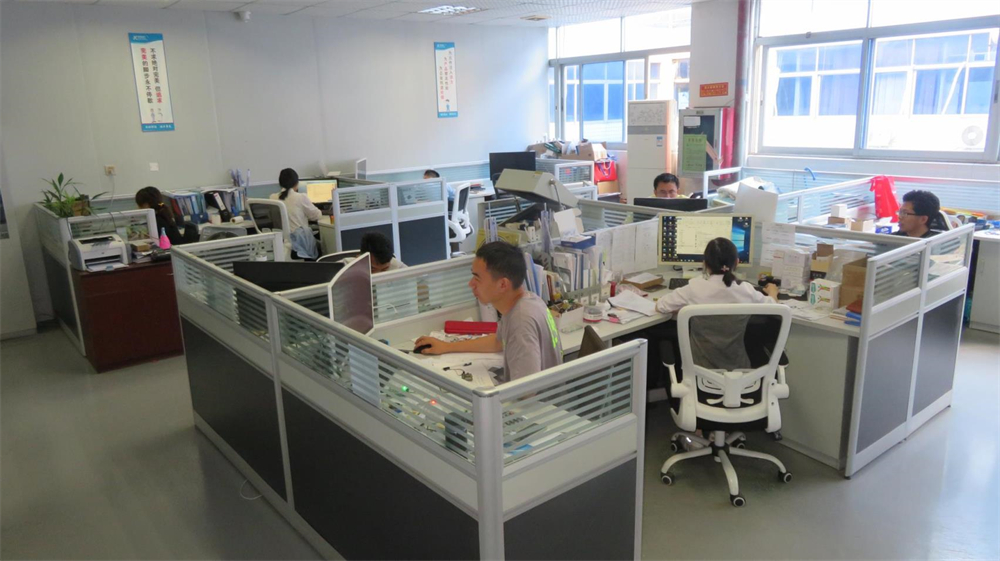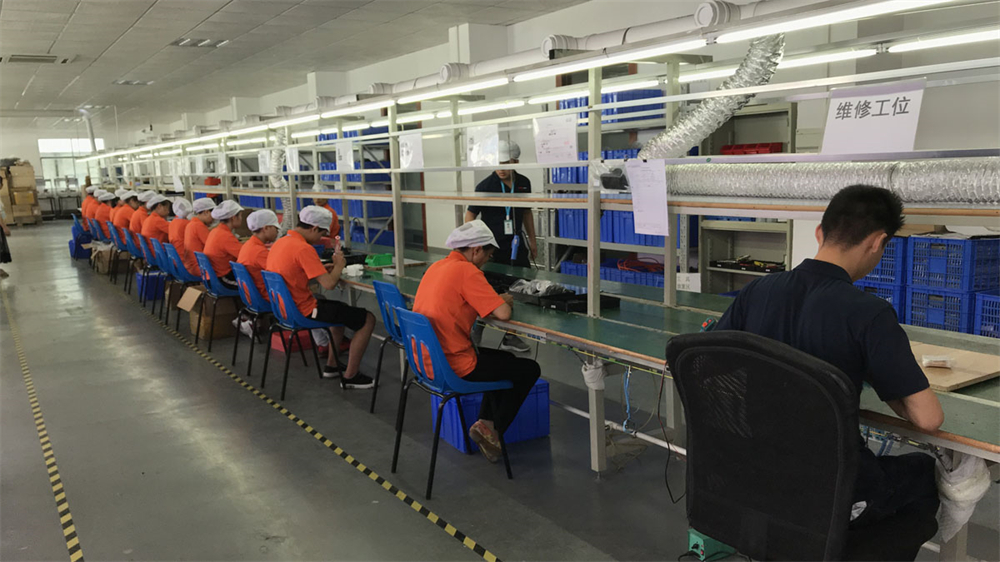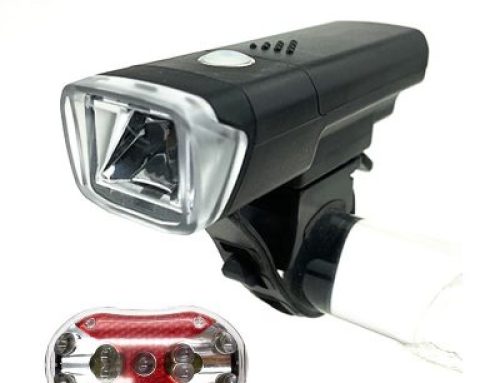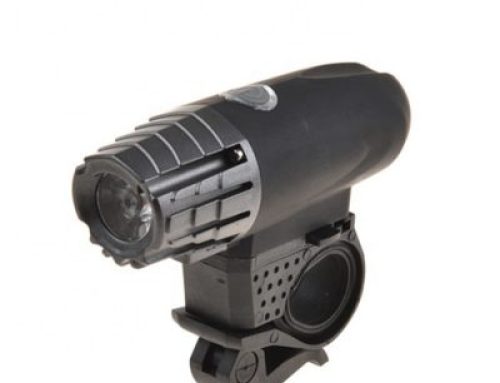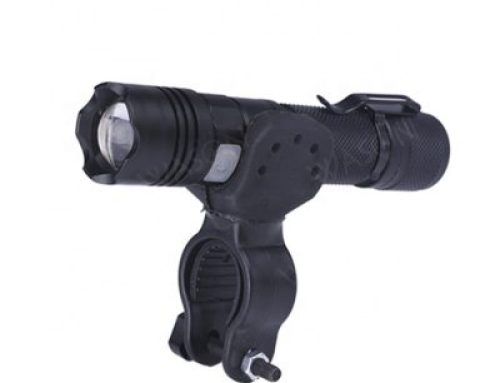Project Description
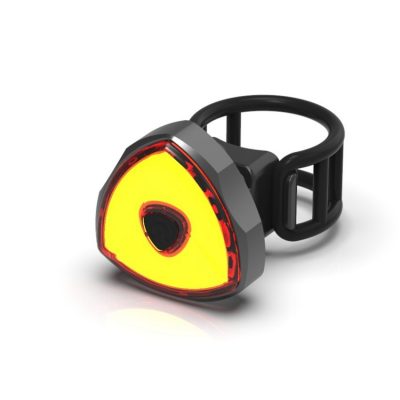
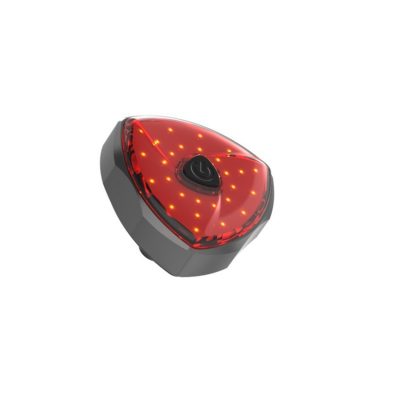
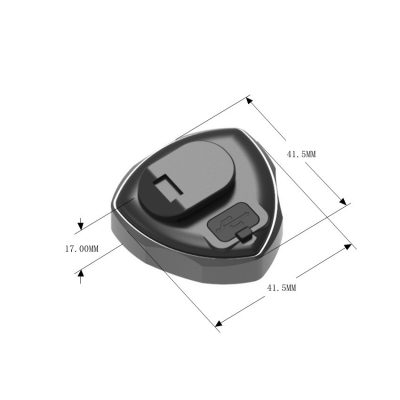
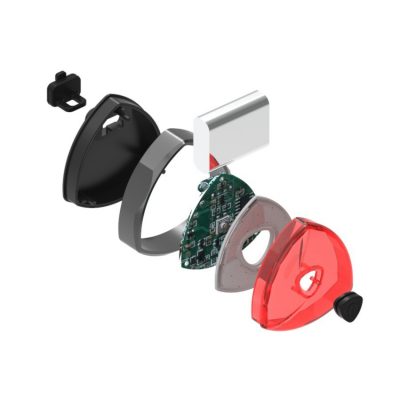
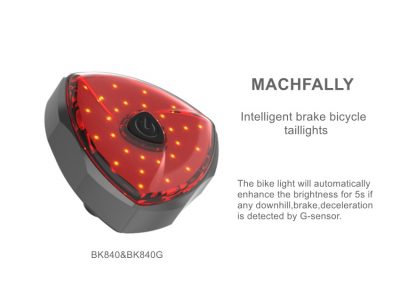
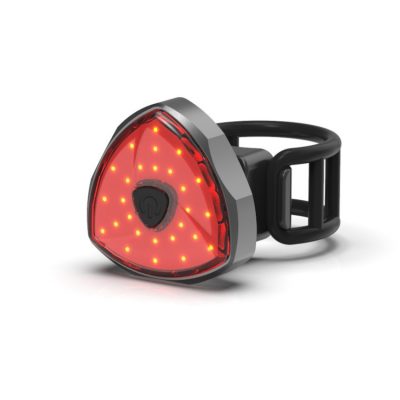
| Name | Bike Light |
| Size | 72.0mm*52mm*66.8mm |
| Wight | 150g |
| Voltage | 6~48V |
| Power | 2.5W |
| Lumen | 120 lm |
| Lux | 30 lux (10m) |
| Water proof | IPX3 |
| Certification | CQC,CE |
| Color | Black+Crystal |
| Material | Plastic cover |
| Functions: | Warning light ,Brake Light,Anti-theft alarm,Turn signal Electric Bell |
The importance of bicycle lights
Car lights will become standard equipment for bicycles. According to the traffic accident statistics of the Taiwan Police Agency, from 2003 to 2006, the number of deaths from bicycle accidents in Taiwan was 664, accounting for 5.83% of the total traffic accident deaths, The obviously high data highlights the effectiveness of bicycle lighting equipment. Importance: Because the law does not force bicycles to be equipped with lighting equipment, and the lack of reflectors on the body, the bicycles are prone to collision accidents with cars and motorcycles when they are driving under poor vision.
Choose headlights according to riding habits. As a car headlight for active lighting, its LED wattage has always been the focus of consumers’ most concern; in fact, the higher the wattage, the lower the luminous efficiency. Although it will be brighter, it will not increase proportionally. For example, the data published by the American LED manufacturer DREE on the website shows that the brightness of a 1W bulb is 80 lumens, while that of a 3W bulb is only 135 lumens. After the wattage is tripled, the brightness is less than 3 times, but the power consumption is It is definitely 3 times (the rest of the electricity is lost as heat), and the price is a lot more expensive. Therefore, the choice of 1W, 3W or 5W should be based on the premise that it meets the needs, such as riding on a bright street or in the early morning or evening. Generally, the car lights are easy to use as passive lighting, and even the blinking mode is enough; to the suburbs or If you are riding a bicycle where there are no street lights, of course, you need high-wattage lights for active lighting.
In addition, the illumination angle also affects the brightness. The larger the angle, the lower the center brightness; the smaller the angle, the brighter the center and the farther the light is, just like the difference between the near and far lights of a car. The products on the market are between 8 and 16 degrees. Consumers should make choices based on riding habits and road conditions. If they are used to riding in suburbs or mountainous areas without street lights, they can of course also be safer with one distance and one close. However, because the car lights are mostly beams of light, it is easy to make the oncoming car feel dazzling, so pay special attention to not too high the angle of illumination.
